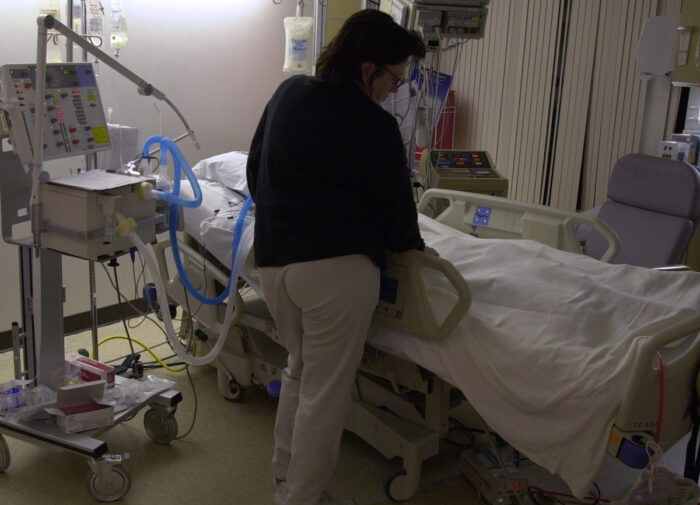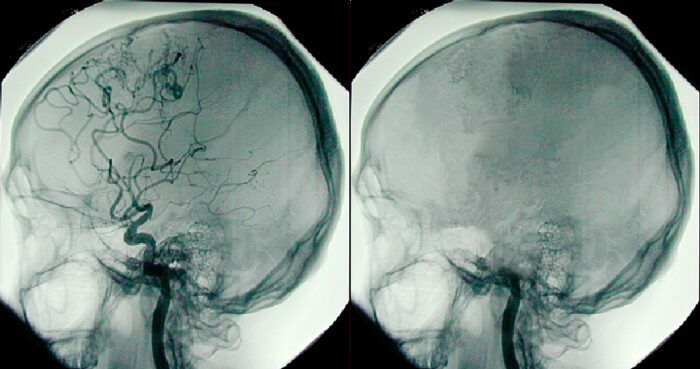About Organ & Tissue Donation
Losing a loved one, considering donation and understanding all that happened, can be overwhelming. This section helps explain some of the specifics about donation.
Understanding Donation and What it Makes Possible
Nothing can prepare us for the loss of a loved one. Many families find hope in the ability of their loved one to heal others through the extraordinary gift of donation.
What is Brain Death?
Most deceased organ donation occurs after the patient has been declared brain dead. This declaration is made after the individual suffered complete and irreversible loss of all brain function and is clinically and legally dead. Mechanical ventilation and medications keep their heart beating and blood flowing to their organs.
Brain death can be confusing, especially for families who are confronted with the sudden loss of a loved one. A brain dead person being sustained on a ventilator can feel warm to the touch. The heart is still beating and the ventilator is pushing oxygen and air into the lungs making the person’s chest rise and fall.
Declaring someone brain dead involves no subjective or arbitrary judgments. Brain death is a clinical, measurable condition whose formal definition emerged after the President’s Commission for the Study of Ethical Issues in Medicine recognized brain death in 1981, when Ronald Reagan was president.
What is Donation After Circulatory Death
When a person suffers a cardiac death, the heart stops beating. When the blood stops flowing, the vital organs quickly lose function and their ability to be transplanted declines as time passes.
The option for Donation After Cardiac Death (DCD) may be presented to the families of these patients after it is clear that their loved one cannot survive. Donation in such cases entails taking the patient off the ventilator, typically in the operating room. Once the patient’s heart stops beating, the physician declares the patient dead and organs can be recovered.
Today, organ donation after cardiac death has increased the donation of life-saving organs.
What is Tissue Donation and How Does it Help Others?
While many people are familiar with the idea of organ donation, tissue donation is not as familiar, but is no less a gift of life. The gift of donated tissue can help people in a variety of ways and the stories of lives changed, and sometimes saved, by generous donors are countless.
Here are some examples of the importance of donated tissue:
Corneas
Every day, donated corneas help restore sight to individuals suffering from corneal blindness or trauma to the eye. Tens of thousands of corneal transplants are performed in the U.S. every year.
Bone/tendons
Bones and tendons can be used to replace or reconstruct tissue destroyed by tumors, trauma or infection, and saving limbs that would otherwise be amputated.
Heart Valves
Donated heart valves can replace damaged ones, allowing the heart to function again. When used in young patients, these donated heart valves can actually “grow” with the recipient and reduce the need for repeated surgeries.
Veins/Arteries
Donated veins can be used in patients who require coronary artery bypass surgery, a routine procedure that saves thousands of lives and allows these individuals to return to their normal lifestyles. For individuals suffering from diabetes or other diseases that cause a decrease in the blood flow, surgeons may use donated veins to repair damaged vessels and restore blood flow — in many cases saving a recipient’s leg from amputation.
Skin
Donated skin is critically needed for patients suffering from burns or trauma, and used as a bandage to protect the body from infection and promote healing. Donated skin is also used for cleft palate repair or mastectomy reconstruction.
Learn more about tissue donation.


